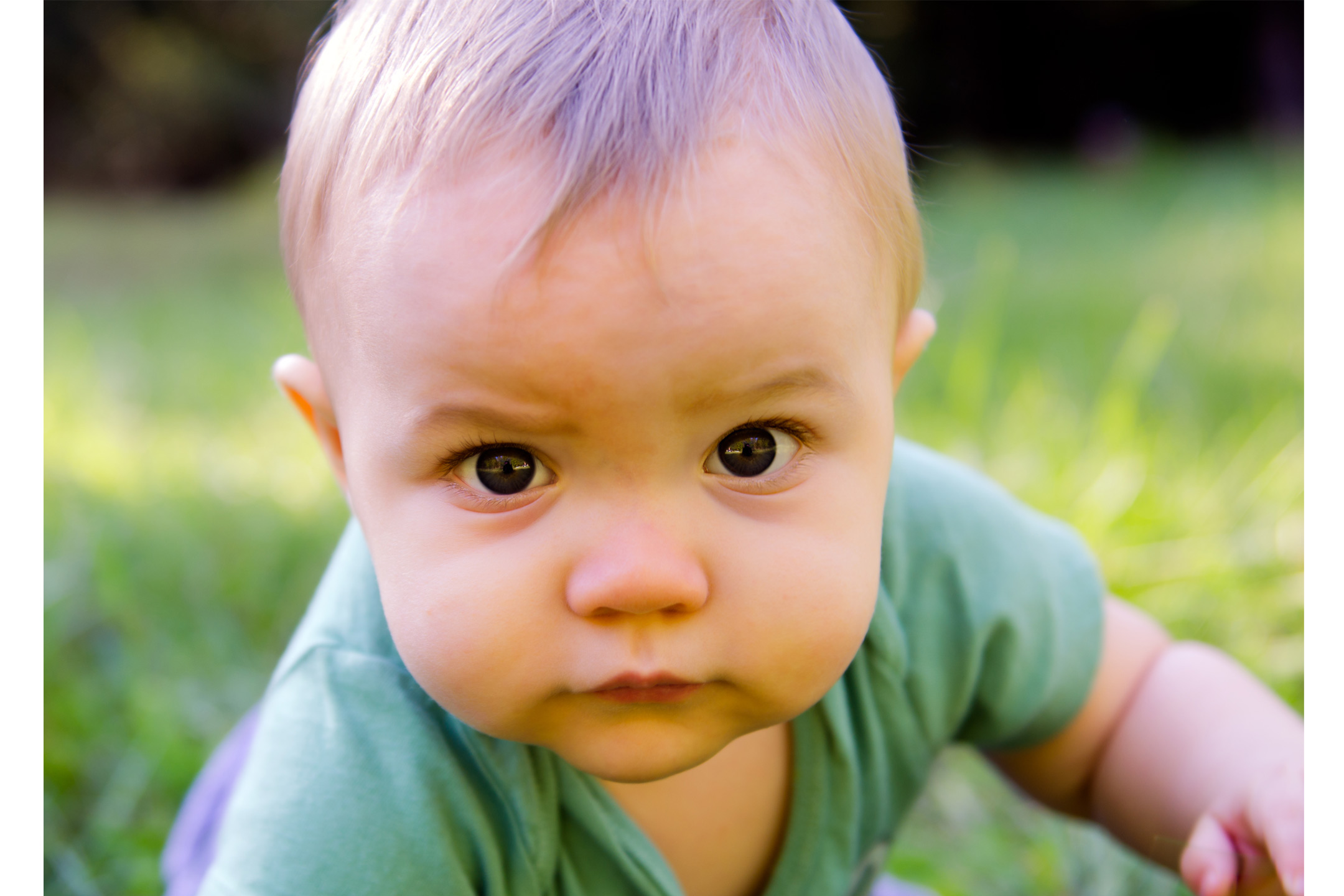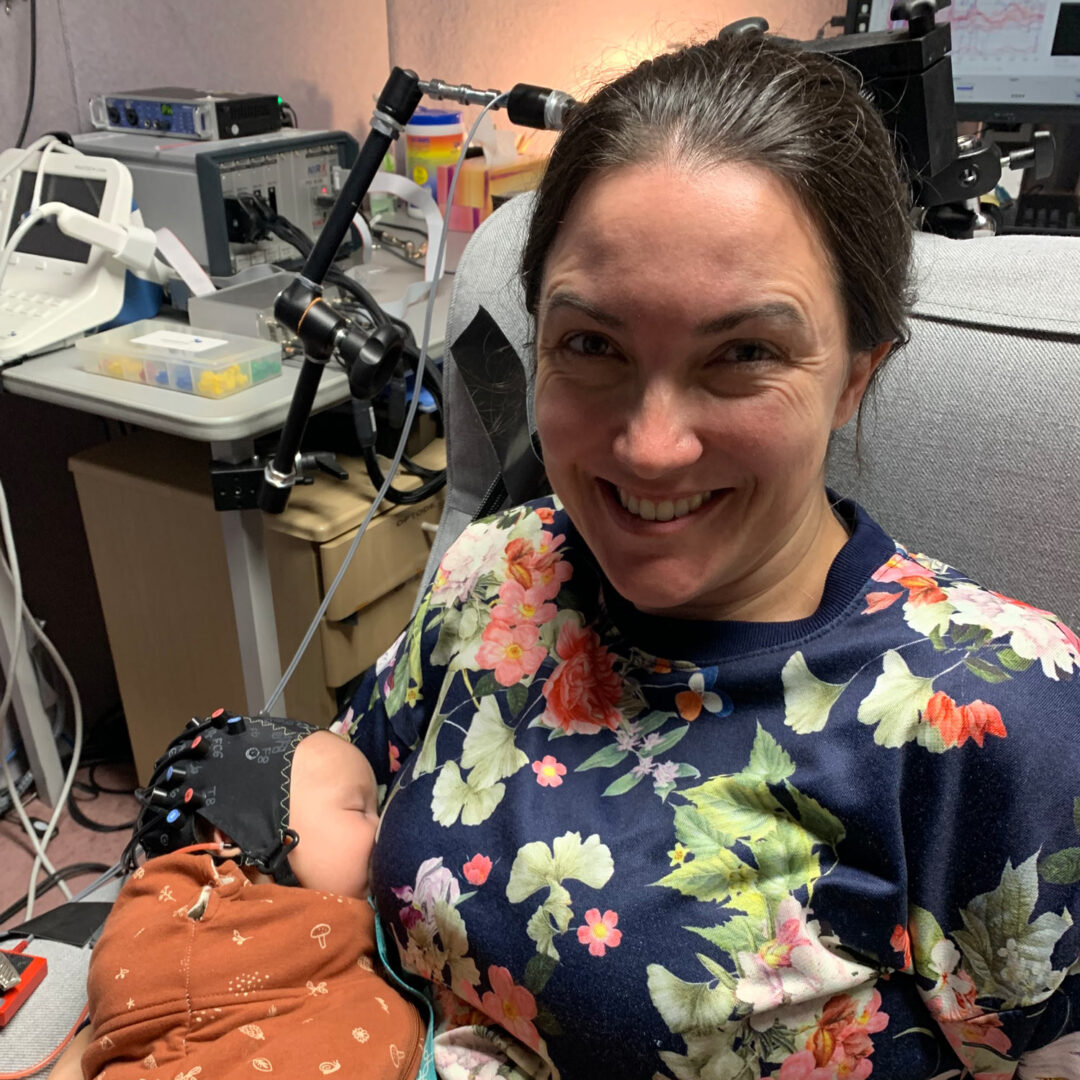
13 Nov Innovative tech developed to help babies with hearing Issues
Monash University researchers have harnessed cutting-edge, invisible light technology to aid in diagnosing hearing problems in infants, offering a ray of hope for little ones with hearing impairments.
This groundbreaking approach, employing functional near-infrared spectroscopy (fNIRS), allows for non-invasive brain imaging to assess language development and connectivity, potentially leading to more effective early interventions.
Hearing issues in babies can hinder the development of crucial language areas in the brain, affecting their speech and language skills. Currently, the diagnostic process for infants with hearing impairments can be lengthy and stressful for both children and parents.

Baby Audrey 3 months old with mum Maureen wearing the fNIRS cap during the research trial.
Led by PhD student Ishara Paranawithana, the research team used fNIRS to examine the brain development of normally hearing infants, tracking how their language centers evolve and connect as they grow. Their findings were recently published in the Journal of Neural Engineering.
The study focused on the changes in functional brain connectivity during the first year of life, offering a baseline for typical language development in infants. This baseline could be used as a reference point for infants with hearing impairments, helping to assess their language development.
Functional near-infrared spectroscopy is a cost-effective and child-friendly brain imaging technique, making it suitable for clinical use. Early diagnosis facilitated by tools like fNIRS can provide hearing-impaired infants with timely access to effective treatments, allowing them to catch up with their peers in language development.
These discoveries will contribute to the advancement of the EarGenie, a bionics device developed by the Bionics Institute currently undergoing clinical trials. Professor Colette McKay, the lead researcher of infant hearing at the Bionics Institute, emphasized the importance of this study for understanding language processing in infants with hearing impairments. The ultimate goal is to offer deaf or hard-of-hearing infants the best chance to hear clearly and learn to communicate effectively.
For families with infants
To continue with our research and development, we need to test EarGenie on infants younger than 24 months old, both with and without hearing impairment in our East Melbourne testing centre.
If your child is under 24 months of age, please consider participating in this vital research. We are looking for babies who are hard of hearing (any type) as well as those without hearing impairment.



